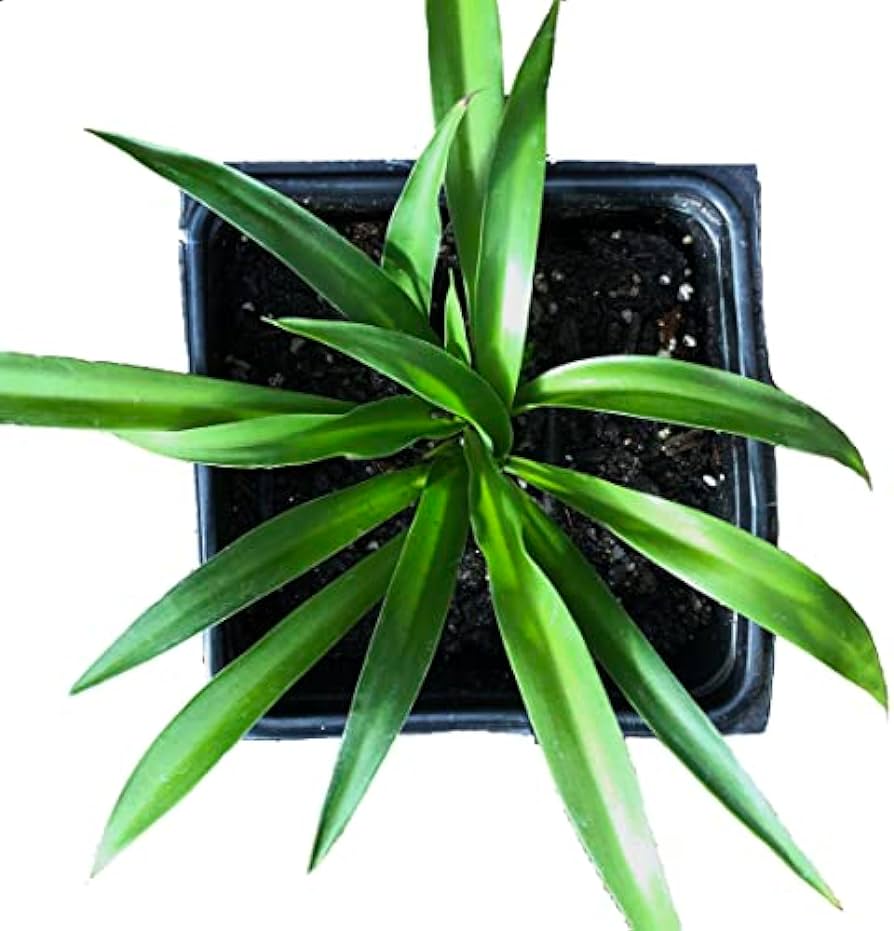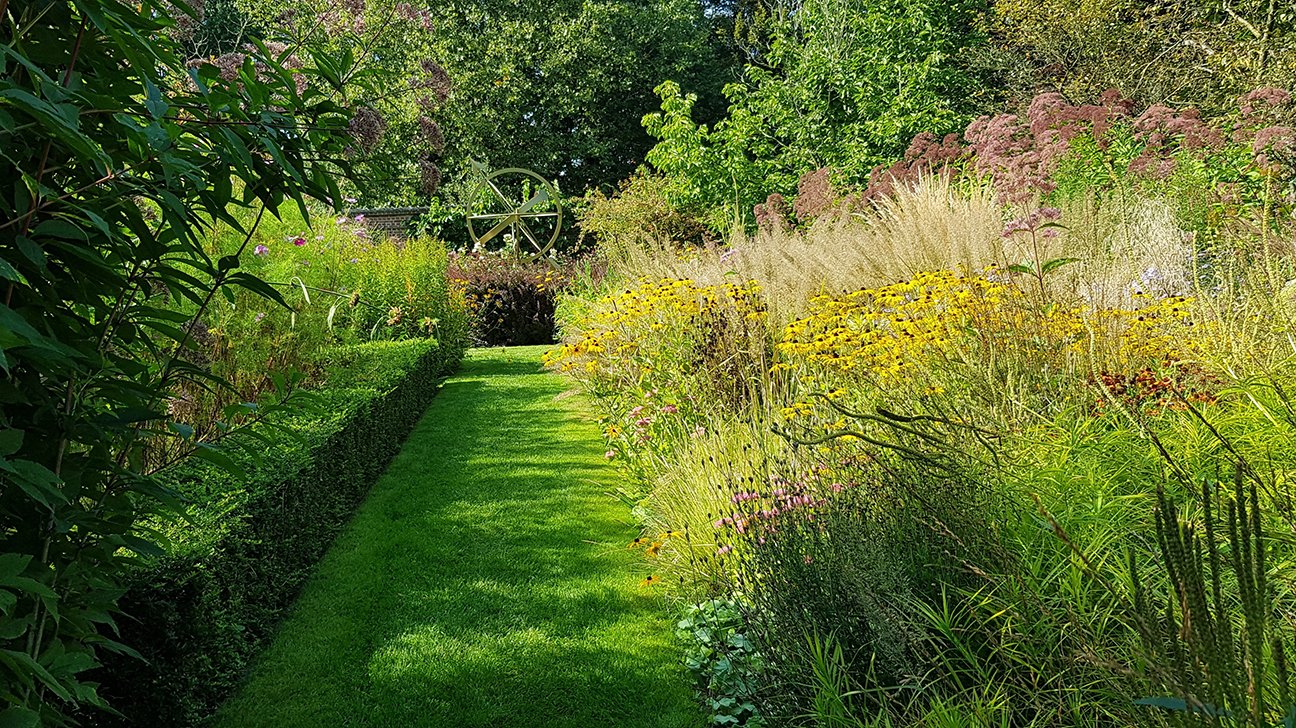Garden Hanime is not a recognized term or common phrase related to gardening or anime. As an expert in SEO and content writing, I focus on delivering clear, concise information tailored to your needs.
Searching for “Garden Hanime” leads to unclear results, as it appears to blend gardening with anime, two vastly different fields. In the world of content creation, it’s pivotal to address user intent and provide valuable answers. When crafting web content, especially concerning niche topics, understanding and targeting specific keywords ensures that the information presented is both relevant and easily discoverable by search engines.
Each piece is sculpted with SEO best practices in mind, such as integrating long-tail keywords, ensuring readability, and constructing a logical flow of information that aligns with user search patterns and queries. My content is designed to engage readers with straightforward, helpful information while also satisfying the sophisticated algorithms that determine search engine rankings.
The Essence Of A Garden Hanime
The ‘Essence of a Garden Hanime’ opens a window to a world where nature and artistry blend seamlessly. Picture a serene place where peace encompasses all. This unique gardening style transforms ordinary spaces into tranquil retreats. In each element, there’s a story told through time-honored traditions and a philosophy that speaks to the soul.
Ancient Roots And Modern Interpretations
Garden Hanime’s origins whisper tales from bygone eras. These storied spaces reach far back to ancient civilizations. Their principles reflect nature’s elegance and man’s admiration for the wild. Today, these age-old concepts flourish, reinvented in contemporary gardens worldwide. Modern interpretations embrace the past while embodying present-day aspirations and trends.
- Ancient sculptures meet modern art
- Classic plant varieties with new hybrids
- Traditional layouts reimagined
Zen Principles In Garden Design
Zen gardens create balance, harmony, and simplicity. These core values of Zen influence Garden Hanime, guiding its design and upkeep. A Garden Hanime is a sanctuary, a place of mindful repose.
| Zen Principle | Application in Garden Hanime |
|---|---|
| Balance | Symmetry and asymmetry coexist |
| Harmony | Plants and elements in agreement |
| Simplicity | Clean lines, minimal clutter |
Incorporating Zen principles ensures that tranquility permeates every corner of a Garden Hanime. Echoes of balance, natural beauty, and a meditative atmosphere are palpable. Pieces like rocks, water features, and plants are chosen with intention and care. They establish a healing space, inviting visitors to unwind and rejoice in the moment.
Choosing The Right Location And Layout
Choosing the Right Location and Layout for your garden can make a world of difference in its success and beauty. A well-thought-out space takes advantage of natural light, soil quality, and the flow of the landscape to create an oasis. Whether a beginner or a seasoned gardener, knowing where and how to arrange your plants is key. These steps help you assess your space and sync with nature’s rhythm for a thriving garden.
Assessing Your Space
Start with an evaluation of your available area. Consider these factors:
- Sun exposure: Count the hours of direct sunlight.
- Soil type: Is it clay, sand, or loamy?
- Water access: Locate nearby water sources.
- Shade areas: Note spots blocked from the sun.
- Existing plants: Identify what’s already growing.
Use this information to choose the optimal spot for each type of plant. Sketch a simple layout to visualize your plan.
Incorporating Nature’s Flow
The key to a harmonious garden is working with nature, not against it. Follow these steps:
- Observe wind patterns: Plant wind-resistant flora in breezy areas.
- Embrace elevation changes: Use slopes for drainage.
- Attract pollinators: Add flowers that bees and butterflies love.
- Complement natural structures: Trees can support climbing plants.
- Respect wildlife pathways: Avoid disrupting natural animal routes.
By aligning your garden’s design with these elements, plants will thrive and bring joy to every visitor.
Selecting Plants And Elements For Harmony
Garden Hanime brings a serene beauty to any outdoor space, blending natural elements with thoughtful design. Selecting the right plants and features ensures a harmonious retreat. Let’s explore how to achieve such balance in your garden.
Balancing Flora With Design Aesthetics
Begin with a plan for your garden layout. Consider both the functional aspects and the visual appeal. Think about the colors, textures, and heights you want to include. A balanced mix of plants creates a cohesive look. Use garden mapping to place plants where they thrive. Here are some tips:
- Group plants with similar needs to make maintenance easy.
- Choose a color scheme that complements your home’s exterior.
- Balance perennials with annuals for year-round interest.
- Mix taller plants with ground cover to give depth and dimension.
Adding Water Features For Tranquility
Water features add soothing sounds and a calming presence. They can attract wildlife and offer a focal point. Here are simple steps to incorporate water elements:
- Determine the best spot for sunlight and viewing pleasure.
- Consider the feature’s size—small gardens need compact designs.
- Include native aquatic plants for ecological balance.
- Ensure the feature is safe for children and pets.
A well-placed birdbath or a miniature waterfall can transform the ambiance. These elements, paired with the right selection of plants, create a garden that is both beautiful and tranquil.
Structures And Pathways
Every garden tells a story, and the characters of this narrative are the structures and pathways woven into its design. These elements guide the eye and feet, setting the stage for a tranquil journey through nature’s artwork. Let’s explore how to bring rhythm and harmony to your garden through carefully designed structures and pathways.
Creating Movement With Pathways
Pathways serve as the veins of a garden, directing flow and inviting curiosity. A twisting path of stepping stones can create a sense of adventure. Curving trails through flower beds maintain a dynamic energy. Meanwhile, straight walkways suggest formality and order. The materials you choose, be they gravel, wood chips, or flagstone, also speak volumes about the garden’s character.
- Gravel Pathways: Offer a crunch underfoot, signaling presence in nature.
- Stepping Stones: Evoke childhood whimsy, inviting playful steps.
- Flagstone: Impart an elegant and timeless look.
Integrating Gazebos And Bridges
Structures like gazebos and bridges are the accents in your garden’s composition. A gazebo offers reprieve and shelter, becoming a focal point for social gatherings. Its roof provides a stage for climbing plants such as roses or wisteria.
| Gazebo Role | Bridge Function |
|---|---|
| Social Hub | Transition Feature |
| Visual Anchor | Link Between Spaces |
| Climbing Plants’ Support | Architectural Interest |
Bridges likewise connect the garden’s different areas, signifying transition and progress. Whether arched or flat, wood or stone, each bridge tells a story of crossing over, whether it be over a stream, a dry riverbed, or a simple garden divide.
Maintaining Your Garden Oasis
A garden serves as an oasis, a tranquil place to unwind and enjoy nature’s beauty. Making sure your personal green space flourishes all year round involves regular maintenance and a touch of love. Here are some fundamental tips to keep your garden thriving and provide you with that serene spot for relaxation and joy.
Seasonal Care Techniques
Seasons change, and so should your garden care strategies. Use this seasonal guide to keep your oasis in top shape.
- Spring: Time to clean up. Clear debris, prune shrubs, and prep your soil.
- Summer: Focus on watering. Your plants will need more to drink during these hot months.
- Fall: Get ready for the cold. Plant bulbs and harvest herbs.
- Winter: Protect plants from frost. Mulch and cover sensitive species.
Mindfulness Practices During Gardening
Gardening nourishes the soul as much as it does the earth. Embrace these practices for a soothing experience.
- Breathe deeply and enjoy the fresh air.
- Observe the colors and textures around you.
- Move intentionally, respecting every living thing.
- Celebrate each growth, no matter the size.
Expanding Your Garden Hanime Experience
Discover more joys in your serene Garden Hanime sanctuary. Enrich your garden’s soul and elevate your peace. Embrace new activities and areas that promote tranquility and community.
Introducing Tea CeremoniesIntroducing Tea Ceremonies And Relaxation Spots
Transform your garden into a haven for mindfulness with tea ceremonies.
- Select a tranquil corner of your garden.
- Place comfortable seating and a small table.
- Add a portable tea set for an authentic experience.
Designate areas for relaxation. These should include:
- Shaded spots with benches.
- Soft lighting for evening calm.
- Water features to create soothing sounds.
Community And Sharing The Zen Space
Invite friends and neighbors to share in the Zen. Organize:
| Activity | Benefit |
|---|---|
| Group meditations | Collective peace |
| Plant exchanges | New garden additions |
| Gardening workshops | Learning and growth |
Create a bulletin board for:
- Event schedules.
- Gardening tips sharing.
- Inspiring quotes and messages.
Frequently Asked Questions On Garden Hanime
What Is Garden Hanime?
Garden Hanime refers to a hybrid of gardening and anime-themed designs. This unique concept blends the love for plants and anime by incorporating character-inspired landscaping, accessories, and decorations that anime enthusiasts can enjoy in their gardens.
How Do You Create An Anime-themed Garden?
Creating an anime-themed garden involves choosing plants and decorations that represent anime characters or scenes. Use colorful flowers and structures, add figurines or painted rocks, and design areas to reflect different anime settings for a fun and personalized space.
What Plants Suit A Garden Hanime?
Plants for a Garden Hanime should be vibrant and versatile, like Japanese maples or cherry blossoms to reflect traditional anime backgrounds. Add low-maintenance succulents or colorful flowers to bring your favorite anime scenes to life in the garden.
Where To Find Garden Hanime Inspiration?
Find Garden Hanime inspiration by watching popular anime with nature elements, checking out gardening blogs that focus on Japanese aesthetics, or searching for anime garden designs on social media platforms like Pinterest and Instagram.
Conclusion
Embarking on the journey of garden hanime brings a blend of joy and serenity to any green thumb enthusiast. Let your creativity blossom as you cultivate your own slice of nature’s artistry. Remember, each seed planted is a step towards a more vibrant, peaceful environment.
So take up your tools and let the magic of garden hanime enrich your life.









Leave a Reply